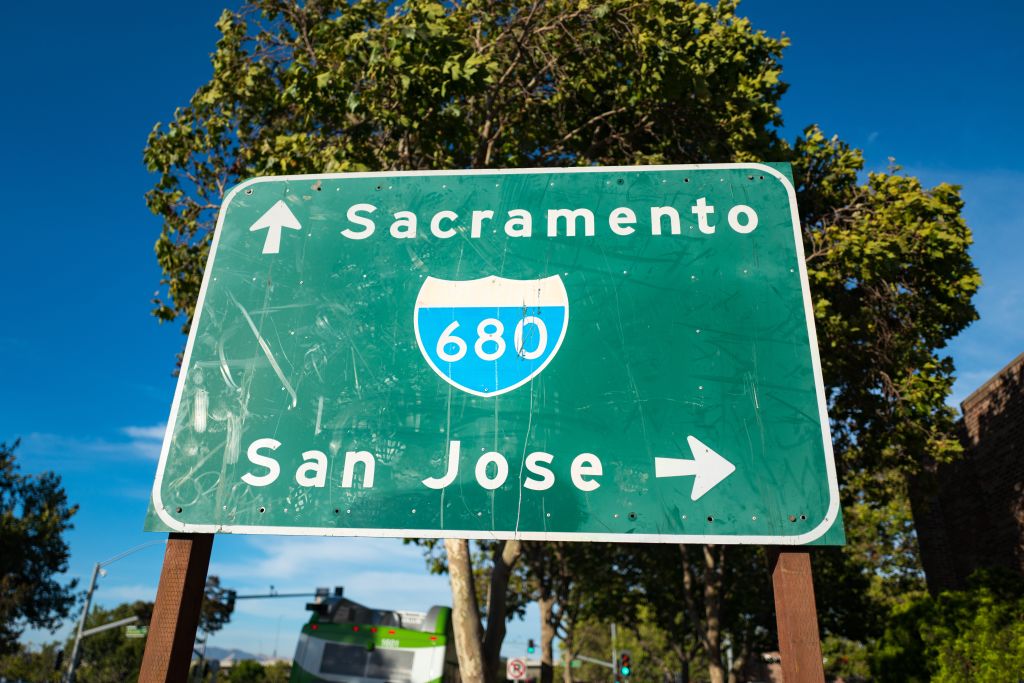The fourth bore of the Caldecott Tunnel has opened to motorists traversing the often congested roadway between Alameda and Contra Costa counties.
With very little fanfare, the new bore beneath the Oakland Hills opened to traffic at 4:25 a.m. Saturday.
Drivers now have four permanent lanes in each direction when they drive on Highway 24 between Oakland and Orinda. The addition is not expected to help commute times, but instead will cut down on the reverse-commute traffic, as well as weekenders headed into San Francisco.
For the past 50 years, the third bore switched directions depending on traffic patterns.
Construction of the fourth bore began in 2010, and money for the $417 million project included $194 million from the federal American Recovery and Reinvestment Act.
More than 160,000 people travel through the Caldecott Tunnel each day.
Drivers heading in off-peak directions leading up to the tunnel, or east on weekday mornings and west during the evening rush hour, could shave an average of five minutes from their morning commute cut an average of 7 to 10 minutes from the westbound evening return trip, according to Caltrans.
The Fourth Bore of the Caldecott is open! pic.twitter.com/jSwgC9cPIm — Caltrans District 4 (@CaltransD4) November 16, 2013
The fourth bore is also outfitted with a number of safety upgrades, including wide shoulders, a series of powerful jet fans to blow smoke out of the tunnel in the event of a car mishap or fire and cross-passages connecting the third and fourth bores that serve as emergency exits.
The $417 million project was funded mostly by federal stimulus funding as well as through revenue from Measure J, a half-cent sales tax approved by Contra Costa County voters in 2004.
Funding also came from Bay Area bridge toll revenue, and proposition 1B, a 2006 voter-approved state transportation bond. The project received one of the greatest shares of funding under the American Recovery and Reinvestment Act and created more than 5,000 jobs, according to Caltrans.
Local
Turns out the earlier cars sneaked through. Here's the official opening with CHP escort. pic.twitter.com/A0BLsSNyIl — Caltrans District 4 (@CaltransD4) November 16, 2013



